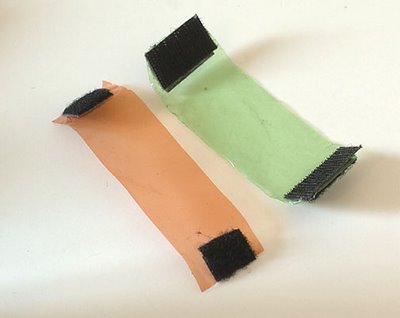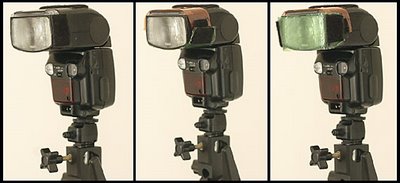Some you may be starting to realize already, but I'll say it aloud:
When lighting a photo it is not about absolute light levels. It's about relative levels. You can adjust for just about any overall light level you have by simply changing the overall exposure on your camera. So that zeroes the "absolutes" out.
It is the relative light levels that define the look of your photos. And for shorthand, we call this a "lighting ratio." I.e., what is the ratio of brightness between the highlights and the shadows?
Guess what? Lighting color sort of works the same way. Only instead of adjusting the exposure, we can instead adjust the camera's white balance to zero out the color of a light source.
For instance, if you were in a fluorescent room, you might balance on the "FL" white balance to make ambient light photos. Since FL lights are in fact green (mostly, but pretty variable these days) your camera would compensate by shifting the color balance about 30CC units of magenta. (That's the complimentary color of green.
So if you used flash in that environment, and was "mixing" the balance with the ambient, your flash would appear … too magenta. Your camera is balanced for FL, and there is a daylight-colored light source. Your flash. So that light would react to the color shift in a not great way.
How do you fix this? You turn the flash's light green, like a fluorescent. And you do it with the special green "gel" (AKA "window green" pictured below:

What about those orange-tented tungsten (AKA, "incadescent") lights? What gel would they get?
Hint: It's the other gel in the photo above…
You get the picture—orange tungsten ambient light, you compensate in the camera by going to tungsten WB. And the camera adds blue to the image. So you need to make your flash orange to match.
And you do that with a tungsten gel, also known as a CTO gel. (Color temperature orange.) They can also go the other direction (physically converting a tungsten source into daylight) by using a CTB (color temperature blue) gel.
Simple to mount, you just tape or velcro them to the flash. Leave a little space to vent the heat from the tube:

Heck there are even commercial versions, complete with commonly used gels.
But, as far as being able to make your light pretty much any color you want? Or multiple lights a mixture of colors? Are you starting to see lighting possibilities yet?
__________
Oh, and Check This Out
It appears as though the photo up top brings our last two topics right into perfect example. It was shot by my friend Sid Siva in Dubai. He balanced his exposure by shooting wide open at a high ISO (to get a good shutter speed) and exposing for the street lights. Which looked extra cool when out of focus.
Then he added a little light into the directors face with a small off-camera flash to bring his face back out of the shadows.
But those lights in the back included tungstens, so he did the white balance swap-and-gel, too. Camera on TUNG WB, CTO gel on the flash. Bingo. Is it starting to make sense yet?
Oh, and to get the cool, limited spot of light on filmmaker Mahmooud Kaabour's face, he used a small snoot to restrict the light.
What's a snoot?
Oh, that's just one of several different types of lighting restrictors, which we'll be talking about next. (See? These cliffhangers are worse than Lost, right?)
__________
Next: Cereal Box Snoots and GoBos






0 comments:
Post a Comment